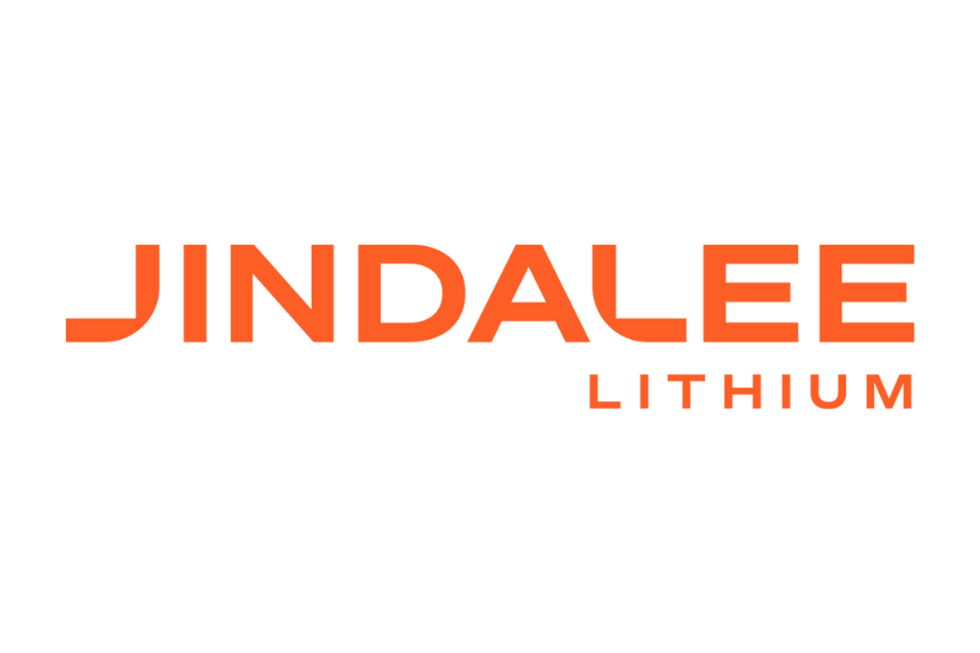The challenge for investors to analyze the battery technology research and development field in order to gauge a future outlook can appear just as daunting as it is for consumers to make optimal choices for current electrical storage requirements.
The dynamic, technical and complex level of research that is employed in developing new batteries makes the electrical storage landscape and battery market difficult to follow. This article serves as follow up to an earlier investigation of storage technologies, and looks more specifically at advantages and limitations of lithium batteries. The challenge for retail investors to navigate this arena for prospective future outlook can often appear as daunting as it is for consumers to make optimal choices for current electrical storage requirements. A closer investigation of lithium battery types in terms of energy density, longevity, load characteristics, maintenance requirements, self-discharge and operational costs may be useful to bring context for consumers and prospective investors.
Battery manufacturers are aware of consumer demands and have responded by offering electrical storage formats that are optimal for specific applications. Both the mobile phone and personal computing device industries offer examples of clever innovations with an emphasis placed on small size, high energy density and low price. Longevity is often regarded as a secondary consideration and although one battery type may be designed for small size and long runtime, the pack will not last and wears out prematurely. Lithium ion packs that are currently being produced for defense applications exceed the energy density of any commercial equivalent and these super-high capacity batteries are deemed unsafe in the hands of the public and the increased cost prohibits commercial marketability.
The fastest growing battery system is the lithium ion storage format where high-energy density and light weight is of prime importance. The technology is fragile and a protection circuit is required to assure safety. Currently, the primary applications include notebook computers and cellular phones with the highest potential for anticipated electrical vehicle demand.
Historical context
Pioneer work with the lithium battery began in 1912 under G.N. Lewis but, it was not until the early 1970s that the first non-rechargeable lithium batteries became commercially available. Lithium is the lightest of all metals, has the greatest electrochemical potential and provides the largest energy density per weight.
Attempts to develop rechargeable lithium batteries followed in the 1980s, but failed due to safety problems. Because of the inherent instability of lithium metal, especially during charging, research shifted to a non-metallic lithium battery using lithium ions. The lithium ion is a low maintenance battery, an advantage that most other chemistries cannot claim. There is no memory and no scheduled cycling is required to prolong the battery’s life. In addition, the self-discharge is less than half compared to Nickel Cadmium units, a critical distinction for investors since it enables the lithium ion technology to be well suited for modern fuel gauge applications.
Several drawbacks for the technology include a protection circuit to maintain safe operation and overall battery fragility, aging concerns with capacity deterioration noticeable after one year. Consumers and investors should note that capacity deterioration is not exclusive to lithium ion technology as other chemistries also have age-related degenerative effects.
Practical applications for electric vehicles
Early adoption technology consumers in some markets eager to purchase initial models of the Nissan Leaf or Chevy Volt will put their trust in lithium ion batteries that have been scaled up to electric vehicle proportions. The future of electric car batteries is still a relatively open frontier of research and development with considerable investment funded by the current U.S. administration’s appetite to minimize dependence on foreign oil sources.
In May, ten teams including privately owned battery technology ventures, public companies, university programs and government laboratories were awarded grant money through the Department of Energy’s Advanced Research Projects Agency-Energy (ARPA-E) . The ARPA-E program money will support development projects for two to three years, at which point the teams that have met ambitious milestones should be ready to demonstrate working prototypes.
The Batteries for Electrical Energy Storage in Transportation focused on funding programs that promise to at least double the performance of the best of today’s lithium ion batteries. The U.S. government has also heavily incentivized manufacturers to produce lithium ion electric car batteries in the U.S.
The research in motion
Applied Materials Inc. (NASDAQ:AMAT) is attempting to produce ultra-high energy, low cost lithium ion batteries enabled by “disruptive” new manufacturing processes. The novel approach focuses on developing a high energy density porosity-graded cathode on 3D current collectors, an integrated separator, and a suite of modular manufacturing processes that have the potential to transform lithium ion battery manufacturing technology. If the project is successful, it will establish a U.S. presence and leadership in the manufacturing of high energy, low cost advanced lithium ion battery technology for electric vehicles.
Critical density
Energy density gets primary attention because it determines the distance a vehicle can travel once it is charged. Geographic limitations of certain markets might create impediments to electric vehicle penetration until superior results are documented. Working to address this specific issue is privately owned battery manufacturer Sion Power. Sion is developing a lithium sulfur battery that it reports will have three times the energy density of lithium ion batteries. One primary goal set forth by the firm to market storage devices for electric car manufacturers is to enable a 300 mile driving range. The company believes lithium sulfur batteries promise higher energy densities than competitors such as magnesium ion and fewer technical limitations than lithium air batteries.
Planar Energy claims its solid-state lithium-ion battery design can deliver three times the energy density of today’s lithium-ion batteries at less than half the cost per kilowatt-hour. The solid-state inorganic nature of the battery is the key to its high performance. The temptation to try solid-state lithium-ion batteries is not new, but earlier trials ran into cost barriers. Early innovators borrowed vacuum deposition technology from the semiconductor industry, resulting in a process that cost 20–30 times what it should to be competitive. The Planar process deposits semiconductor-quality films from a solution. The nanostructured films are grown directly on a substrate and then sequentially on top of each other.






